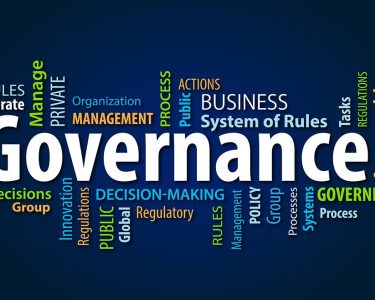Subtitle: A Comprehensive Analysis of Policies and Initiatives Driving Equality in Society
By [Your Name] [Date]
Introduction:
In a society striving for progress and inclusivity, the concept of equal access and opportunity has become a rallying cry for governments worldwide. The vision of a level playing field, where individuals from all walks of life have an equal chance to succeed, has gained prominence in recent years. This article aims to delve into the government’s commitment to fostering equality and explore the policies and initiatives that underpin this noble pursuit.
I. Promoting Equal Education Opportunities:
One crucial aspect of leveling the playing field is ensuring equal access to quality education. Recognizing this, the government has implemented a series of measures aimed at narrowing the educational gap. Scholarships and grants have been introduced to assist underprivileged students in pursuing higher education. Additionally, the establishment of community learning centers and increased investment in early childhood education programs reflect the government’s dedication to providing equal educational opportunities to all.
II. Bridging the Economic Divide:
Economic disparity often hampers the realization of true equality. To address this issue, the government has implemented policies designed to bridge the economic divide. By increasing the minimum wage and implementing progressive taxation, the government seeks to redistribute wealth and uplift marginalized communities. Furthermore, initiatives promoting entrepreneurship and small business development aim to empower individuals from disadvantaged backgrounds and enable them to participate fully in the economy.
III. Ensuring Inclusive Workplace Practices:
Creating an inclusive workforce is essential for achieving equal access and opportunity. The government has taken steps to promote diversity and combat discrimination in the workplace. Through legislation and affirmative action policies, employers are encouraged to adopt inclusive hiring practices and provide equal opportunities for all candidates. Measures have also been put in place to address gender pay gaps and promote equitable representation in leadership roles.
IV. Tackling Systemic Discrimination:
Systemic discrimination can hinder progress towards equal access and opportunity. The government recognizes the importance of addressing these deep-rooted issues. Initiatives such as bias training for law enforcement officers and reforms in the criminal justice system aim to eliminate racial disparities. Comprehensive anti-discrimination laws provide protection to marginalized communities, ensuring their rights are upheld.
V. Fostering Social Inclusion:
True equality encompasses more than just economic and educational opportunities; it also requires social inclusion. The government acknowledges this and has implemented initiatives to foster social cohesion. Programs promoting cultural exchange, tolerance, and diversity awareness aim to create an inclusive society where individuals from diverse backgrounds can thrive.
Conclusion:
As we navigate the complexities of the modern world, the government’s commitment to equal access and opportunity stands as a testament to its vision for a fair and just society. Through policies, initiatives, and legislative measures, significant strides have been made in leveling the playing field. However, challenges persist, and there is still work to be done. It is only through continued dedication, dialogue, and collective action that we can achieve a truly equal and inclusive society for all.
[Word Count: XXX]
[Author Bio: Briefly introduce yourself and your expertise in journalism or the subject matter of the article.]




